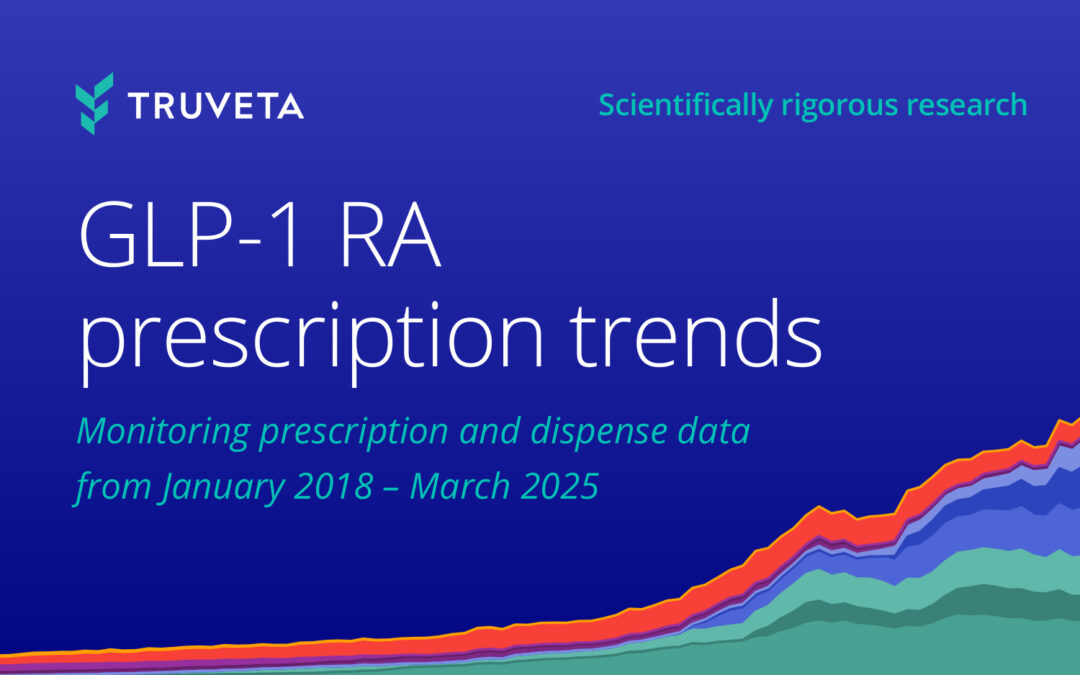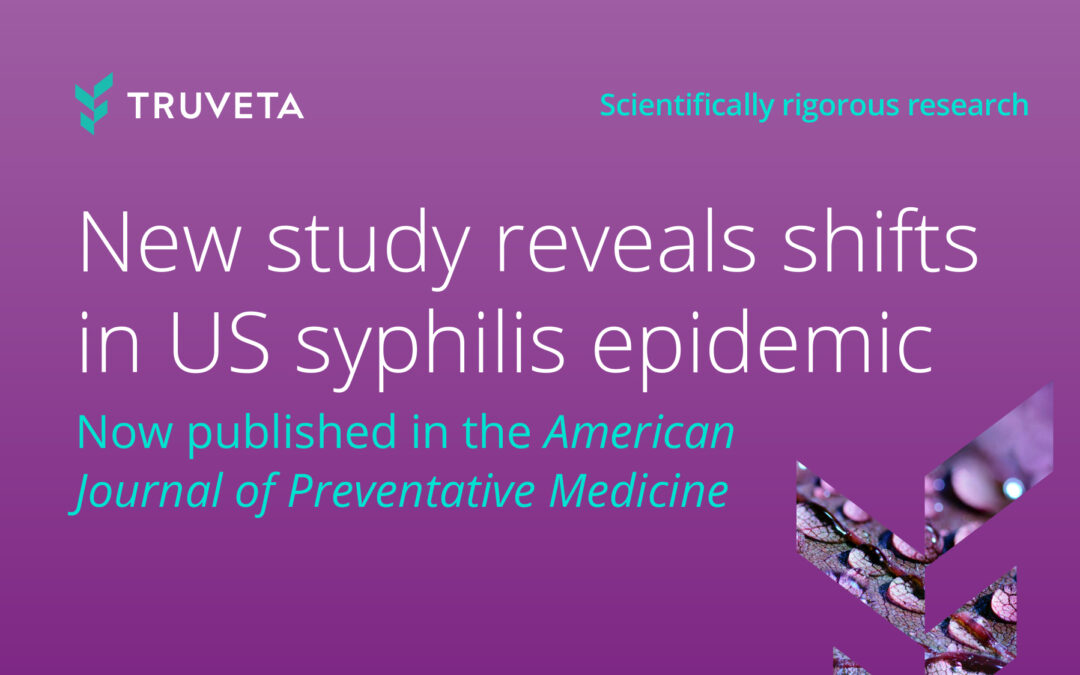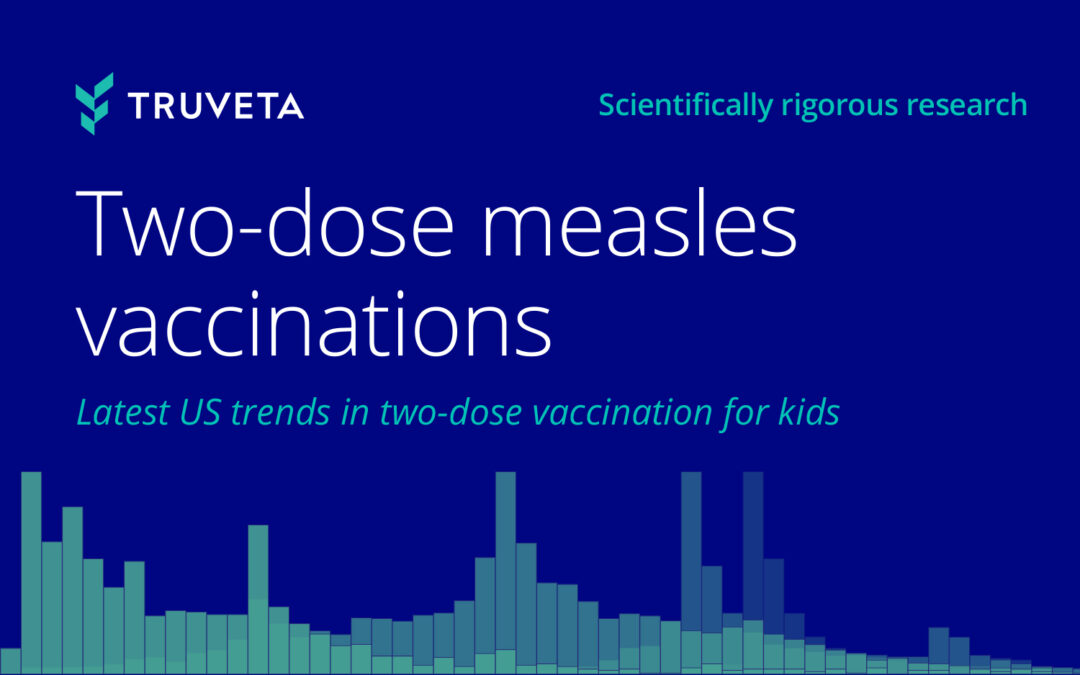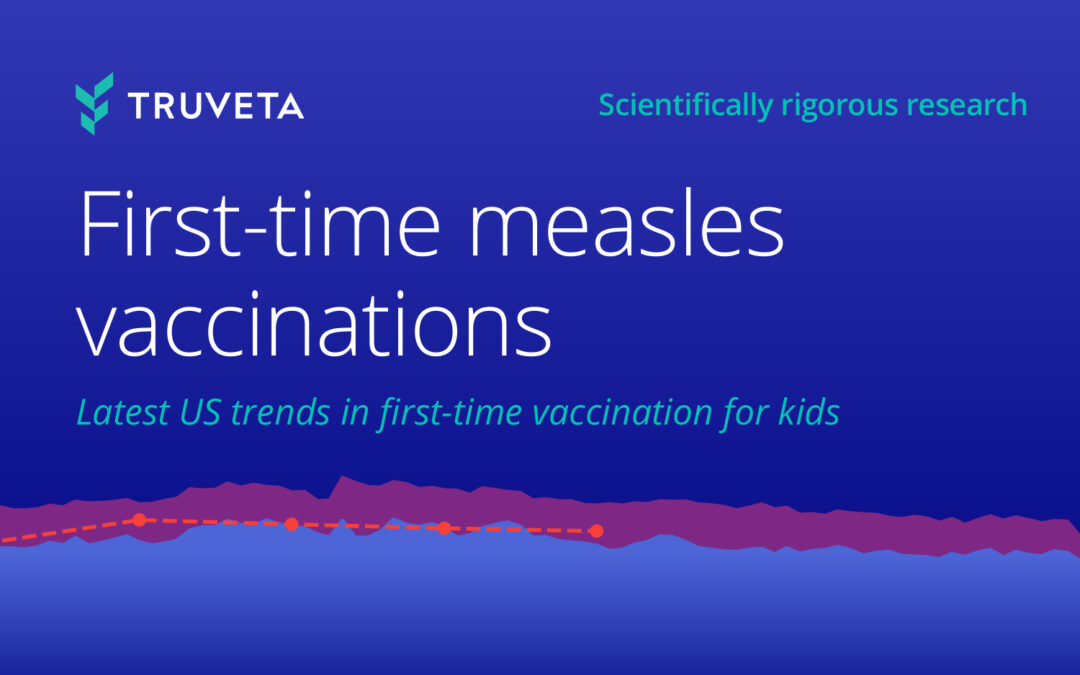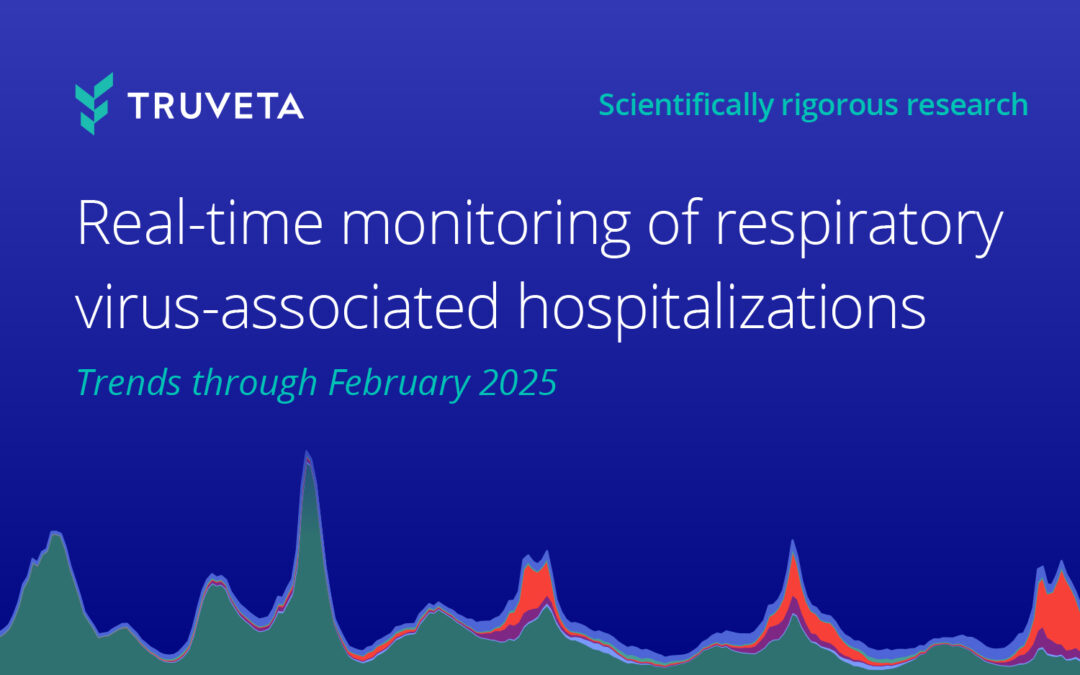Intended for a scientific audience, Truveta Research Technical Reports are a new way of looking at the timely, representative, and de-identified data in Truveta Studio. The Truveta Research blog will surface insights shown in these Technical Reports for a broader audience.
With the rising rates of respiratory syncytial virus (RSV) across the country, Truveta Research created a Technical Report to continue to monitor and evaluate the impact of RSV overall and on high-risk populations. RSV is a leading cause of lower respiratory disease in infants, children, and older adults (Pastula et al., 2017; Shi et al., 2017). RSV has been seen earlier this year than in previous years (Centers for Disease Control and Prevention, 2022a, 2022c).
Today we are sharing a Technical Report about RSV, and we will regularly update this report with fresh, timely data.
What does the data show?
Within a subset of Truveta data, over 11,000 RSV-associated hospitalizations between October 1, 2018 and December 31, 2022 were included in this report. Seasons began in October of each year and ended September of the following year. More details on how RSV-associated hospitalizations were defined and exact numbers can be found in the Technical Report.
Overall population
For the entire population, we see yearly variation in the number of RSV-associated hospitalizations. During the COVID-19 pandemic (RSV seasons 2020/2021 and 2021/2022), we see decreased RSV-associated hospitalizations compared to the pre-COVID era. This is likely due to a difference in lifestyle habits exhibited during these years compared to typical years (i.e., masking, stay-at-home measures, social distancing, etc.).
This year, we see a weekly RSV peak during November, roughly 1.5 months earlier and 1.8x and 1.2x higher than pre-COVID era seasons (2018/2019 and 2019/2022, respectively).
Infants and children
We also looked at a population of infants and children (individuals under age five). Almost all children are estimated to get an RSV infection by the time they are two and yearly RSV-associated hospitalizations in the US are estimated to be as high as 75,000 per year (Centers for Disease Control and Prevention, 2022b; McLaughlin et al., 2022).
Within this population, we calculated the weekly rate of RSV-associated hospitalizations per all hospitalizations. Patients were included in this calculation on the first day of their hospitalization. If their stay was greater than one day, they were not counted on subsequent dates. Figure 2 compares the weekly rates across seasons. It is important to note that in these data, we explored, “of the patients who are hospitalized, how many have RSV?” We did not ask, “of the patients who have RSV, how many are hospitalized?” Those are different rate calculations, and we focused on the former for this analysis.
This year, we also see an early spike in the rate of RSV-associated hospitalizations for infants and children. The 2018/2019 and 2019/2020 peaks occurred in late January and late December for this age group, respectively. In mid-November we see a peak in the rate of RSV-associated hospitalizations compared to other hospitalizations (5.3%) for infants and children. This means more than 1 in 20 infants and children who were hospitalized in November were hospitalized with RSV. This peak rate is 2.7x and 1.7x higher than the pre-COVID era peaks (2018/2019 and 2019/2020, respectively).
Conclusion
The RSV Technical Report describes more detailed information on the overall population with RSV-associated hospitalizations, infants and children, and older adults. We also report rates by other demographics (race, ethnicity, sex) and comorbidities. We encourage scientific audiences to explore this report.
These are preliminary research findings and not peer reviewed. Data are constantly changing and updating. These findings are consistent with data pulled January 12, 2023.
Citations
Centers for Disease Control and Prevention. (2022a, October 25). RSV-NET Interactive Dashboard Print. https://www.cdc.gov/rsv/research/rsv-net/dashboard.html
Centers for Disease Control and Prevention. (2022b, October 28). RSV in Infants and Young Children. https://www.cdc.gov/rsv/high-risk/infants-young-children.html
Centers for Disease Control and Prevention. (2022c, December 7). RSV National Trends. https://www.cdc.gov/surveillance/nrevss/rsv/natl-trend.html
McLaughlin, J. M., Khan, F., Schmitt, H.-J., Agosti, Y., Jodar, L., Simões, E. A. F., & Swerdlow, D. L. (2022). Respiratory Syncytial Virus–Associated Hospitalization Rates among US Infants: A Systematic Review and Meta-Analysis. The Journal of Infectious Diseases, 225(6), 1100–1111. https://doi.org/10.1093/infdis/jiaa752
Pastula, S. T., Hackett, J., Coalson, J., Jiang, X., Villafana, T., Ambrose, C., & Fryzek, J. (2017). Hospitalizations for Respiratory Syncytial Virus Among Adults in the United States, 1997–2012. Open Forum Infectious Diseases, 4(1), ofw270. https://doi.org/10.1093/ofid/ofw270
Shi, T., McAllister, D. A., O’Brien, K. L., Simoes, E. A. F., Madhi, S. A., Gessner, B. D., Polack, F. P., Balsells, E., Acacio, S., Aguayo, C., Alassani, I., Ali, A., Antonio, M., Awasthi, S., Awori, J. O., Azziz-Baumgartner, E., Baggett, H. C., Baillie, V. L., Balmaseda, A., … Nair, H. (2017). Global, regional, and national disease burden estimates of acute lower respiratory infections due to respiratory syncytial virus in young children in 2015: A systematic review and modelling study. The Lancet, 390(10098), 946–958. https://doi.org/10.1016/S0140-6736(17)30938-8
About Truveta
Truveta is a collective of US health systems with a shared vision of saving lives with data. Truveta offers innovative solutions to enable researchers to find cures faster, empower every clinician to be an expert, and help families make the most informed decisions about their care. To learn more, follow us on LinkedIn and sign up for our newsletter.



